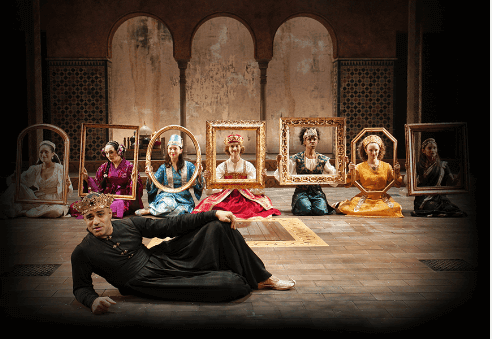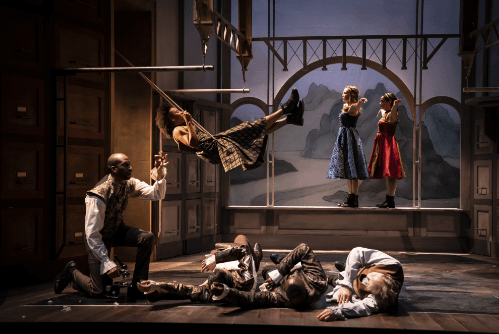Islamic Art: Mirror of the Invisible World

Islamic Art: Mirror of the Invisible World, often perceived as a mere decorative form, serves a more profound purpose as a reflection of the invisible world. Through its intricate geometric patterns and exquisite calligraphy, this art form encapsulates a worldview that intertwines spirituality and cultural identity. The historical context in which these elements evolved reveals a rich tapestry of influences and meanings, prompting a deeper exploration of how these artistic expressions engage with contemporary society. What remains to be uncovered is the extent to which this dialogue shapes our understanding of both the past and the future.
Historical Context of Islamic Art
The historical context of Islamic Art: Mirror of the Invisible World spans over a millennium, reflecting the diverse cultures and regions influenced by the expansion of Islam from the 7th century onward.
This rich tapestry of artistic expression showcases cultural exchange among various civilizations, leading to significant regional variations.
Read More Clipart:3r1zpfrokqg= Shopping
The interplay of local traditions and Islamic principles resulted in a dynamic art form that embodies the complexity of its historical narrative.
Symbolism in Geometric Patterns
Within the intricate framework of Islamic Art: Mirror of the Invisible World, geometric patterns serve as a profound visual language, rich in symbolism and meaning.
These designs, rooted in sacred geometry, reflect a deep cultural significance, representing the infinite nature of creation and the unity of the cosmos.
Their repetition and complexity invite contemplation, embodying spiritual truths that transcend ordinary perception and connect the viewer to a higher reality.

The Role of Calligraphy
Calligraphy occupies a central position in Islamic Art: Mirror of the Invisible World, serving not only as a means of communication but also as a profound expression of spiritual devotion and cultural identity.
Mastery of calligraphic techniques allows artists to convey the spiritual significance of texts, transforming words into visual forms that resonate deeply with viewers.
This art form transcends mere aesthetics, reflecting a rich tapestry of faith and heritage.
Influence on Contemporary Art
Drawing inspiration from centuries of tradition, contemporary Islamic Art: Mirror of the Invisible World have increasingly integrated elements of Islamic art into their work, creating a dynamic dialogue between the past and present.
Read More Clipart:3pokcz0p26k= Ball
This cultural fusion manifests through modern interpretations of geometric patterns, vibrant colors, and intricate motifs, challenging conventional boundaries.
Such artistic endeavors not only celebrate heritage but also invite broader discussions about identity, spirituality, and global interconnectedness in today’s art scene.
Conclusion
In conclusion, Islamic Art: Mirror of the Invisible World stands as a luminous tapestry, intricately woven with threads of spirituality and cultural dialogue. Through its geometric patterns and masterful calligraphy, this art form invites contemplation of the cosmos and the unseen realities that shape human experience. As a bridge connecting past and present, it continues to inspire contemporary expressions, reminding observers of the profound interconnectedness of identity, belief, and artistic expression within the vast universe of human creativity.



